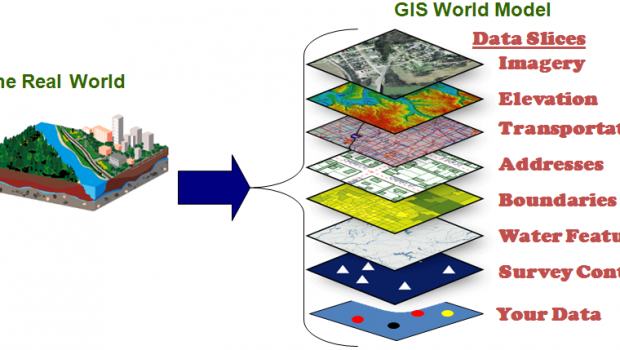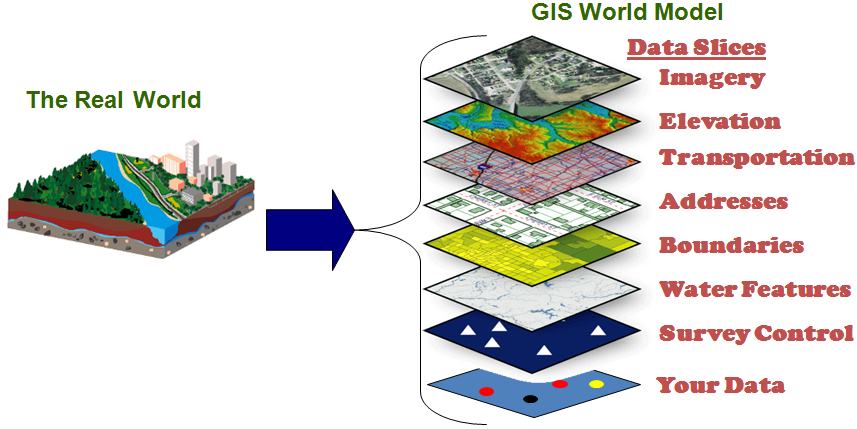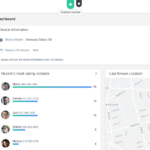Thoughts on the Future of GIS. What Will Change in 50 years?
Imagine the world without Google, smartphone maps, GPS, and satellite images. These incredible helpers assist scientists, teachers, law enforcement, and even you and me on a daily basis. We’re all smartphone users, for example. Our life wouldn’t be the same without the Google maps, agree?
The development of Geographic Information System (GIS) has been playing a critical role in this process. From physical maps to current advanced maps, the technology has achieved a tremendous growth in the recent decades. Still, many people don’t even know they are using GIS all the time. Those interested in making their carrer out of it, can study and get their GIS Certificate online.
While GIS has been benefitting us so far, what is next? Should we be getting prepared for some even more exciting possibilities? Here are some of them.
Augmented Reality
We’ve already seen how awesome this technology could be, and it’s going to get even more impressive! For example, Google Maps we are using all the time have street views that allow us to travel to any country in the world without leaving our room. This service will continue to improve until the experience is the next best thing to the real deal. Just imagine what would they look like.
Also, we now have amazing services like Waze that allow us to get the best route by sharing real-time traffic and road info. These apps will also be improved until the point you will know the fastest route regardless of the day, in any location of the world.
Indoor Maps
Have you always wanted to visit some buildings while browsing on Google Maps? Well, the company has already developed indoor maps that allow doing just that! This technology has generated quite a buzz since it debuted, and it’s about to get extreme in the coming years.
It will create a system that maps the inside of many buildings in the world so you can view them on your phone. As the result, you will be able to navigate straight to your local hospital, police station, theater, and other public buildings. Or maybe you want to visit your college to see where professor’s office is to visit him for some essay tips the next day? No problem.
The list of buildings covered by the technology will increase rapidly in the next years, so be ready for some serious exploring.
User Interface
Not only GIS helps the companies like Google to create accurate and helpful maps, but also average users like me and you. For example, a service called OpenStreetMap offers users to participate in the creation of maps. In addition to the opportunity to create a map of the neighborhood, one has an opportunity to include various places, such as churches, shops, houses, and even walk paths.
An introduction of the user interface is a major breakthrough because it will make the maps more friendly to everyone who uses them. Moreover, these maps will definitely provide all information you can possibly need.
In the future, GIS will be used to improve this technology even further. Any internet user will have an opportunity to participate. In fact, you already can, by signing it up OpenStreetMap here.
Visualization
People love visualizations, especially when it comes to the maps. GIS takes map visualization to another level by allowing to create beautiful maps for education, weather forecasts, statistics, and many other purposes.
As described in this great article on Maptive, GIS has already enabled developers to produce interactive maps for NCAA College football fans, a number of Syrian refugees in the U.S., New York City 1836 and today, and others. They provide amazing interactive experiences and bust the common belief that data is boring!
GIS as a Profession
According to the experts at Assignment Helper, it is becoming increasingly clear that GIS will develop into an independent field that will need its own experts. For example, one can use CorelDraw and become a web designer, but the graphic design is not limited to that application.
The same applies to GIS: a course for beginners will make them basic GIS professionals but the field has so much more to offer (as we have seen in this article).
The Bottom Line
Standby for development of amazing technologies supported by GIS in the future. It has already profoundly altered out view of a map from a provider of input to a major element of the business decision-making process. More changes are ahead of us!
About the author:
Lucy Benton is a specialist in digital marketing and content writing who currently writes for college paper writing service . She focuses mostly on the worlds of technology, gadgets, and the Internet. If you’re interested in working with Lucy, you can find her on Facebook.
















